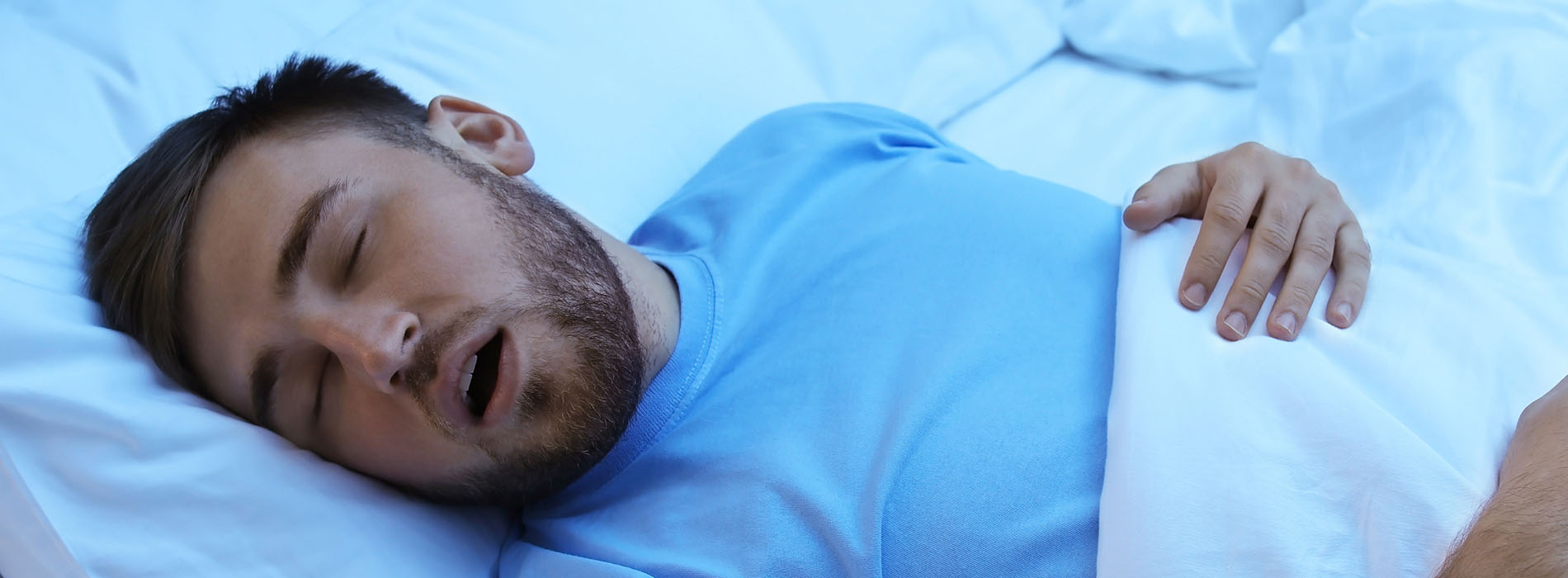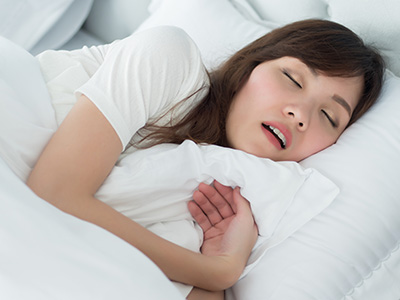Snoring is a common nighttime disturbance that affects millions of people and the people who share their homes. It happens when breathing during sleep causes relaxed tissues in the throat to vibrate, producing the familiar sound that ranges from a soft whisper to a loud, persistent roar. For many, snoring is an occasional annoyance; for others, it can be a nightly disruption that interferes with rest and overall quality of life.
Understanding the cause of snoring is the first step toward finding a practical solution. While not every snorer has a serious medical condition, habitual snoring can sometimes point to sleep-disordered breathing. A careful, patient-centered evaluation helps determine whether a targeted dental appliance can improve airflow and reduce vibration—or whether further medical assessment is warranted.
Why snoring occurs: the anatomy and airflow connection
At its core, snoring is about airflow. When you inhale and exhale during sleep, air moves through the nose and mouth into the throat. If the passage is narrowed or the soft tissues in the airway become floppy, the moving air causes these tissues to vibrate. The sound you hear is simply the result of those vibrations amplifying as air travels past the soft palate, uvula, tongue base, or other structures.
Several anatomical features can influence how freely air flows at night. A long soft palate, enlarged tonsils, nasal congestion, or a recessed jaw can all reduce the space through which air moves. Muscle tone also matters: as muscle tone decreases during deep sleep, tissues can relax to the point that airflow becomes turbulent.
Sleep position affects the way gravity acts on these tissues. Lying on the back tends to let the tongue and soft tissues fall backward, narrowing the airway and increasing the chance of vibration. Recognizing these mechanical drivers helps patients and clinicians select targeted strategies that address the specific cause of the noise rather than merely masking the symptom.
Everyday factors that make snoring more likely
Beyond anatomy, a number of lifestyle and environmental factors can increase the likelihood or severity of snoring. Temporary conditions such as nasal congestion from a cold or seasonal allergies can constrict airflow and trigger snoring episodes. Similarly, alcohol or certain medications that relax muscles can make the airway more prone to collapse during sleep.
Sleep habits and body position also play a role. Sleep deprivation and erratic sleep schedules change the balance of sleep stages and can lead to deeper muscle relaxation. People who frequently sleep on their backs may notice louder or more persistent snoring compared with nights when they sleep on their sides.
Other contributors include excess weight around the neck, which can narrow the airway, and smoking, which irritates airway tissues and increases inflammation. Addressing modifiable elements—like managing allergies, improving sleep hygiene, and reducing tobacco exposure—often reduces snoring intensity and can improve the effectiveness of other treatments.
How oral snoring appliances reduce noise and improve airflow
Oral appliances for snoring are a noninvasive option designed to change the position of the jaw, tongue, or soft tissues to keep the airway more open during sleep. These devices fit inside the mouth much like a sports mouthguard or retainer and are custom-made to match an individual’s dental anatomy. By gently advancing the lower jaw or stabilizing the tongue, the device helps prevent airway collapse and the tissue vibrations that cause snoring.
Unlike one-size-fits-all solutions, a custom-fabricated appliance is tailored to ensure a secure, comfortable fit that patients can wear throughout the night. The goal is to improve airflow while minimizing discomfort and allowing normal breathing and swallowing. Because these appliances are removable, they offer a reversible, non-surgical choice for patients who prefer conservative care.
It’s important to understand that oral appliances target the mechanical causes of snoring. For people whose primary issue is relaxed jaw position or tongue base obstruction, these devices can be highly effective. However, they are not a universal remedy; their suitability is determined by a clinical assessment that considers dental health, jaw alignment, and overall airway dynamics.
What to expect from the fitting and adjustment process
The process begins with a thorough evaluation to ensure an oral appliance is safe and likely to be effective. That evaluation typically includes an examination of the teeth, bite alignment, and the structures of the mouth and throat. Impressions or digital scans are taken to create a precise model of the dental arches so the laboratory can fabricate a comfortable, accurate device.
Once the appliance is ready, patients receive guidance on how to insert, remove, and care for it. Initial wear may require an adjustment period as muscles and tissues adapt. Follow-up visits allow the clinician to fine-tune the fit, make minor modifications, and assess symptom improvement. These check-ins are also opportunities to monitor for potential side effects such as temporary jaw soreness or changes in bite—issues that can typically be managed with adjustments.
Long-term success depends on routine follow-up. A well-fitted appliance often provides notable symptom relief, and periodic evaluations help maintain optimal performance and protect oral health. Patients with existing dental restorations, missing teeth, or significant bite issues should discuss these details during the evaluation to determine the most appropriate device design.
When a snoring appliance is appropriate—and when more testing is needed
Many people who snore are “primary snorers,” meaning their snoring is not accompanied by significant breathing interruptions. For these patients, an oral appliance can be an effective, low-risk way to reduce noise and improve sleep quality for themselves and their bed partners. The decision to pursue an appliance is best made after a careful clinical assessment that confirms the snoring stems from mechanical airway narrowing rather than a complex medical issue.
However, loud, frequent snoring accompanied by daytime sleepiness, witnessed pauses in breathing, morning headaches, or difficulty concentrating may indicate sleep apnea, a medical condition that requires further evaluation. In such cases, clinicians usually recommend a formal sleep study or referral to a sleep medicine specialist to assess breathing patterns and rule out obstructive sleep apnea before initiating dental appliance therapy.
Coordination between dental and medical providers ensures that patients receive safe, effective care tailored to their needs. When a snoring appliance is recommended, it is used as part of an overall plan that may include lifestyle interventions, positional strategies, and medical follow-up when necessary.
At Cruzin' Dental, our team works closely with patients to evaluate snoring, explain treatment options, and provide custom-fitted oral appliances when appropriate. We focus on practical, evidence-informed solutions that prioritize comfort and long-term oral health for each patient.
In summary, snoring is a mechanical issue in many cases, and a custom oral appliance can be a comfortable, effective option for reducing noise and improving sleep for primary snorers. If snoring is frequent or accompanied by other symptoms, it’s important to pursue further medical evaluation. Contact us to learn more about snoring appliances and to discuss whether this approach may be a good fit for your sleep needs.




